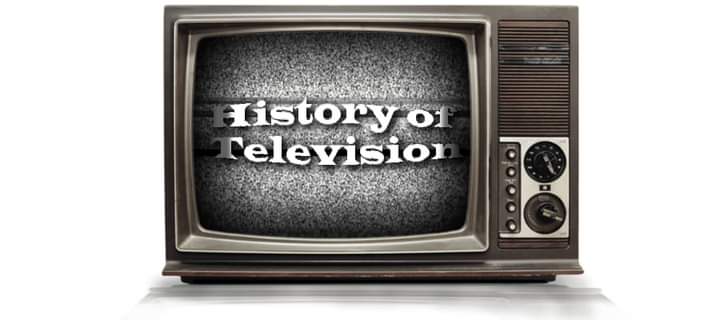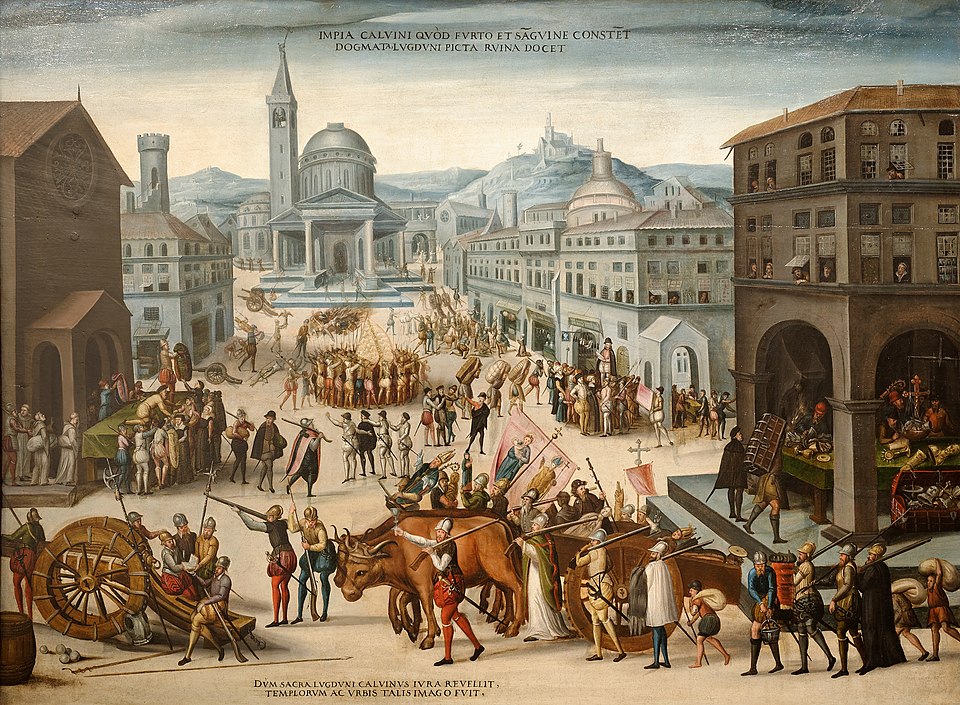From Electronic Telescope to Television, Here is a Brief History of the Television

Did you know that the world’s first electronic television was created by a 21-year-old inventor named Philo Taylor Farnsworth, and that mechanical television, formerly called “electric telescope” heralded the birth of electrical television?
Televisions can be found in billions of homes around the world. But 100 years ago, nobody even knew what a television was. In fact, as late as 1947, only a few thousand people owned televisions. How did such a groundbreaking technology turn from a niche invention to a living room mainstay?
Prior to electric televisions, we had mechanical televisions. These early televisions started appearing in the early 1800s. They involved mechanically scanning images then transmitting those images onto a screen. Compared to electronic televisions, they were extremely rudimentary.
One of the first mechanical televisions used a rotating disk with holes arranged in a spiral pattern. This device was created independently by two inventors: Scottish inventor John Logie Baird and American inventor Charles Francis Jenkins. Both devices were invented in the early 1920s.
Prior to these two inventors, German inventor Paul Gottlieb Nipkow had developed the first mechanical television. That device sent images through wires using a rotating metal disk. Instead of calling the device a television, however, Nipkow called it an “electric telescope”. The device had 18 lines of resolution.
In 1907, two inventors – Russian Boris Rosing and English A.A. Campbell-Swinton – combined a cathode ray tube with a mechanical scanning system to create a totally new television system. Ultimately, the early efforts of these inventors would lead to the world’s first electrical television a few years later.
The world’s first electronic television was created by a 21-year-old inventor named Philo Taylor Farnsworth. That inventor lived in a house without electricity until he was age 14. Starting in high school, he began to think of a system that could capture moving images, transform those images into code, then move those images along radio waves to different devices. Farnsworth was miles ahead of any mechanical television system invented to-date. Farnsworth’s system captured moving images using a beam of electrons (basically, a primitive camera).
The first image ever transmitted by television was a simple line. Later, Farnsworth would famously transmit a dollar sign using his television after a prospective investor asked “When are we going to see some dollars in this thing, Farnsworth?”
Between 1926 and 1931, mechanical television inventors continued to tweak and test their creations. However, they were all doomed to be obsolete in comparison to modern electrical televisions: by 1934, all TVs had been converted into the electronic system. Understandably, all early television systems transmitted footage in black and white. Color TV, however, was first theorized way back in 1904…
But how did early televisions work? The two types of televisions listed above, mechanical and electronic, worked in vastly different ways.
Mechanical televisions relied on rotating disks to transmit images from a transmitter to the receiver. Both the transmitter and receiver had rotating disks. The disks had holes in them spaced around the disk, with each hole being slightly lower than the other. To transmit images, you had to place a camera in a totally dark room, then place a very bright light behind the disk. That disk would be turned by a motor in order to make one revolution for every frame of the TV picture.
Baird’s early mechanical television had 30 holes and rotated 12.5 times per second. There was a lens in front of the disk to focus light onto the subject. When light hit the subject, that light would be reflected into a photoelectric cell, which then converted this light energy to electrical impulses. The electrical impulses are transmitted over the air to a receiver. The disk on that receiver would spin at the exact same speed as the disk on the transmitter’s camera (the motors would be synchronized to ensure precise transmissions).
The receiving end featured a radio receiver, which received the transmissions and connected them to a neon lamp placed behind the disk. The disk would rotate while the lamp would put out light in proportion to the electrical signal it was getting from the receiver. Ultimately, this system would allow you to view the image on the other side of the disk – although you’d need a magnifying glass. Here’s how the system works in diagram form:
On the other hand, electronic televisions rely on a technology called a Cathode Ray Tube (CRT) as well as two or more anodes. The anodes were the positive terminals and the cathode was the negative terminal. The “Cathode” part of the Cathode Ray Tube was a heated filament enclosed in a glass Tube (the “T” of CRT). The Cathode would release a beam of electronics into the empty space of the tube (which was actually a vacuum).
All of these released electrons had a negative charge and would thus be attracted to positively charged anodes. These anodes were found at the end of the CRT, which was the television screen. As the electrons were released at one end, they were displayed on the television screen at the other end. Of course, firing electrons against a glass screen doesn’t make images. To make images, the inside of the television screen would be coated with phosphor. The electrons would paint an image on the screen one line at a time.
To control the firing of electrons, CRTs use two “steering coils”. Both steering coils use the power of magnets to push the electron beam to the desired location on the screen. One steering coil pushes the electrons up or down, while the other pushes them left or right.
Source: https://bebusinessed.com/history/history-of-the-television/ | Image: sewelldirect
#penglobalhistory #television



